
REMEMBERING KURT COBAIN
THE ICON AT 50
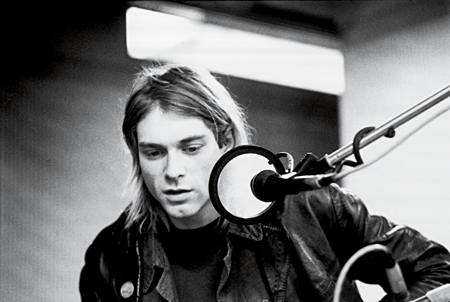
MICHEL LINSSEN/REDFERNS/GETTY
At Studio Hilversum in the Netherlands in November 1991.
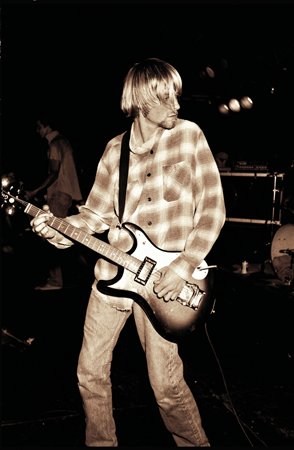
IAN TILTON/RETNA/PHOTOSHOT
At Motor Sports International Garage in Seattle on September 22, 1990.
Contents
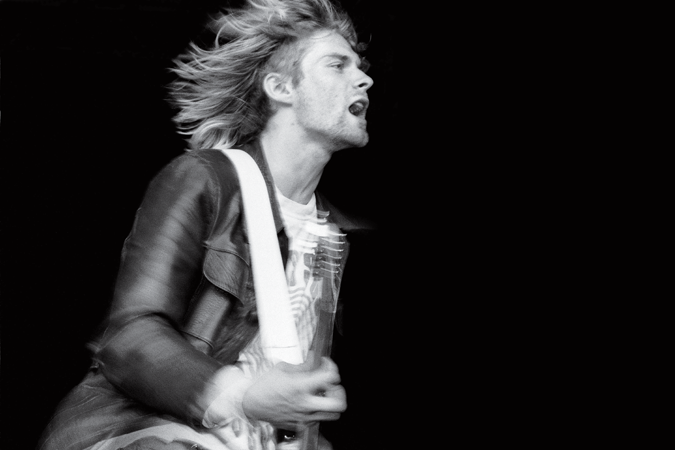
ED SIRRS/CAMERA PRESS/REDUX
At the Reading Festival in Berkshire, England, in August 1991.
Introduction
The Echo
BY STEVE DOUGHERTY
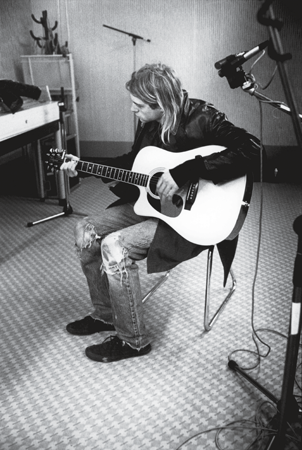
MICHEL LINSSEN/REDFERNS/GETTY
AN INTERVIEWER once asked Cobain (here, in 1991) if he felt he could live forever. Sure, he responded. I believe if you die youre completely happy and your soul somewhere lives on and theres this positive energy. Im not in any way afraid of death.
He wasnt one to stand on ceremony. When biographer Michael Azerrad interviewed Kurt Cobain in 1992, the avatar of grunge was wearing pajamas, as he had at his wedding. And as he often did on stagewhen he wasnt wearing a dress to express his solidarity with gender misfits and his overall disdain for the macho posturing of so many preceding rockers whose stars he had recently eclipsed.
It was Christmas 1992 and he had 16 months to live. His band Nirvanas major label debut, Nevermind, a squalling, ferocious punk rock assault, was full of sardonic if often difficult-to-discern humor, soulful melody, alternately screaming and achingly expressive vocals and startlingly masterful song craft. It had already conquered the mainstream.
His breakout hit, Smells Like Teen Spirit, had landed as an anthem for the agesone that gave his generation a mantra of laconic alienation that augured, even abetted, his Y2K successors. Oh well, whatever, nevermind. And Cobain had already taken his place in a cyberspace pantheon that barely existed before him. In 2015, Smells Like Teen Spirit ranked No. 2 on Spotifys list of The 100 Most Immortal songs.
Had he lived to blow out the candles for his 50th birthday, on February 20, it still might be said that he was not made for these times. But he might have predicted them.
He was born, along with the cultural civil wars that engulf us still, in the spring of 1967, the season that ushered in the Summer of Love, with a soundtrack by the Beatles, whose Sgt. Peppers Lonely Hearts Club Band topped the charts. For years afterward those glorious harmonies, if not utopian dreams, filled the air, even in remote, woebegone Aberdeen, Washington, the down-on-its-luck logging town where Cobain grew up. It was a place forsaken by the sun, where seven feet of annual rainfall turned streets into mud, where the SAD index, not to mention the suicide rate, was off the charts. And where a golden-haired boy of seven could dispel the gloom by marching the streets, beating on a bass drum an aunt gave him and singing Hey Jude, a song, his mother, Wendy, told Azerrad, that had been in his repertoire since he was a toddler.
His hometown was stalked by afflictions that ravage our heartland today. Unemployment, opioid abuse, divorce, family dysfunction and chronic, acute depression, all took seed in Aberdeen. They cursed and tortured Cobain and fueled the rage that ultimately consumed him.
And made him what he was. On record and in live performance, he created a dynamic chiaroscuro in sound, the dark forces of his fury heightening the beauty of the melodies threaded throughout.
For Cobain, brightness was impossible without pitch dark. Which is why, when he lived briefly in sunny Southern California in the early 90s, he longed to return to his home state. Because, he said, he missed the rain.
Who Was Kurt Cobain?
.png)
How did Kurt Donald Cobain, born February 20, 1967, at Grays Harbor Community Hospital in Aberdeen, Washington, the Gateway to the Olympic Peninsula (which is to say, a town in nowheresville), become a rock god? Thats a question often asked and not yet definitively answered. But its a question at the very center of our book.
His father, Donald, was an auto mechanic and his mother, Wendy, a homemaker. As a child, Kurt was a beaming, joyful son, his angelic blue eyes dancing beneath a mop of blond hair, as they ever would be. Kurt Cobains boyish optimism was in stark contrast to his environs: Aberdeen was a low-key, blue-collar town whose biggest industries had long been logging and fishing; it had been hit hard economically when the timber industry faltered during the 1970s.
At age three, Kurt was joined by a sister, Kimberly. Theirs was an arty, musical familyuncles and aunts had played in various bands, and his paternal grandmother, Iris, who duplicated Norman Rockwell paintings in needlepoint, encouraged him in art. He took to drawing cartoons (Disney characters were a favorite) and performing around the house. He played the piano and sang: Beatles tunes, the theme song from The Monkees TV show. By all accounts, he was a happy kid. I had a really good childhood, Cobain recalled in 1993, until the divorce.
This happened before he turned 10, and for him it was a seismic shock. Prior to his parents split, he felt he had the classic family, mother and father... And all of a sudden my whole world changed. I couldnt face some of my friends at school, he told journalist Jon Savage in 1993. He said he was engulfed by feelings of shame.
The child who had enjoyed vacations at a family cabin in the summer and sledding with his parents and sister in winter became a very different boy after the separation. He considered himself an outcast and in fact was one, rejecting sports (he would purposely lose wrestling matches and strike out in baseball), getting into vandalism and connecting with fellow outsiders. There were incidents of bullyingKurt as the bullied, when he befriended a gay boy; Kurt as the bully at other times.
He lost himself in rock bands like Aerosmith and Led Zeppelin. His father, with whom he lived in Montesano, Washington (a short distance from Aberdeen), said he would not remarry but then did, and when he and his new wife had a son, Kurt felt further alienated in the household. He went back to live with his mother in Aberdeen, where he witnessed her relationship with a man who abused her.
During his senior year at J.M. Weatherwax High School, commonly known as Aberdeen High, he dropped out and became something of a drifter. No longer welcome at either parents home, he crashed on the couches of friends and spent hours dozing off in hospital waiting rooms. Legend has it Cobain also spent nights sleeping under a bridge by the Wishkah River, but that tale is apocryphalalthough the hideaway was real enough and would inspire the Nevermind song Something in the Way.
In his musical life, Kurt began to get into more aggressive punk bands like Los Angeles Black Flag. The intensity, the aggression, the hatred, he told journalist Robert Hilburn in 1993. You could hear a lead singer just scream at the top of his lungs. I felt that way. I wanted to die. I wanted to kill. I wanted to smash things.
Next page
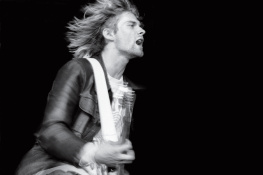
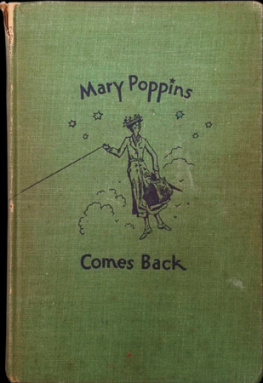

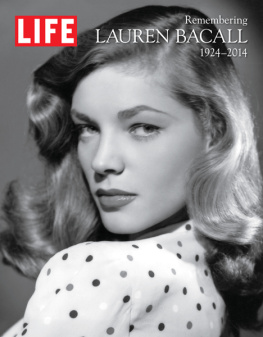
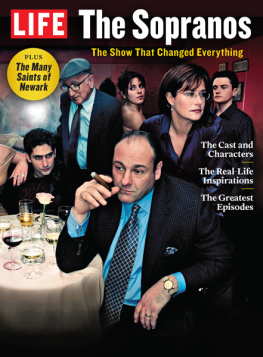
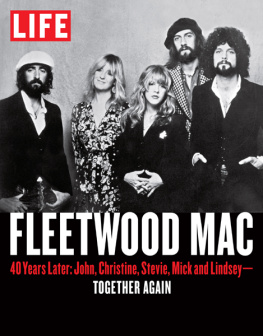
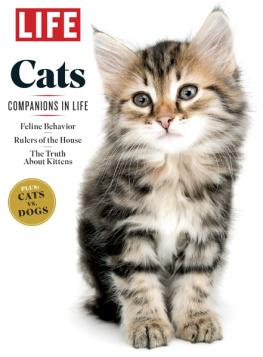
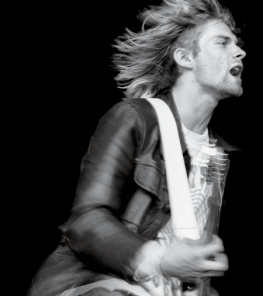
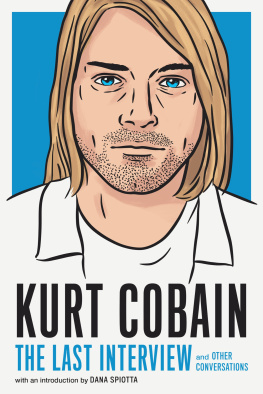


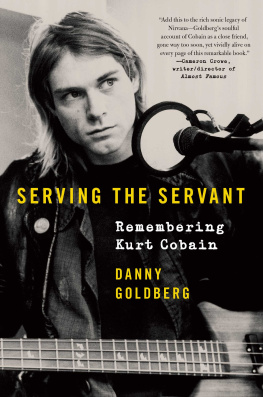
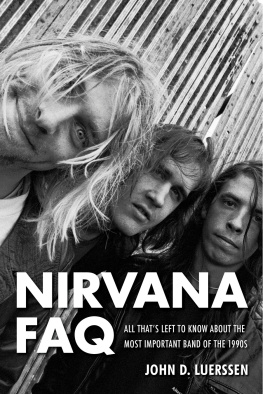
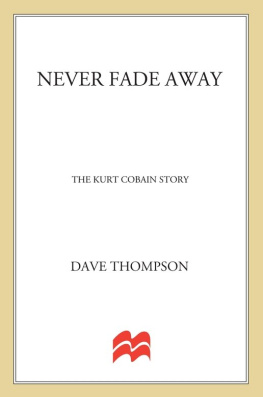
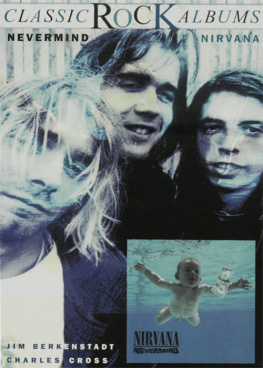
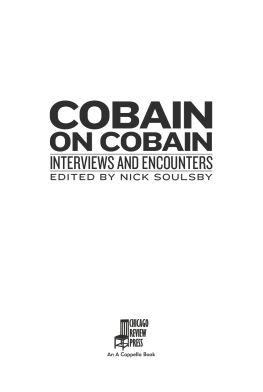





.png)